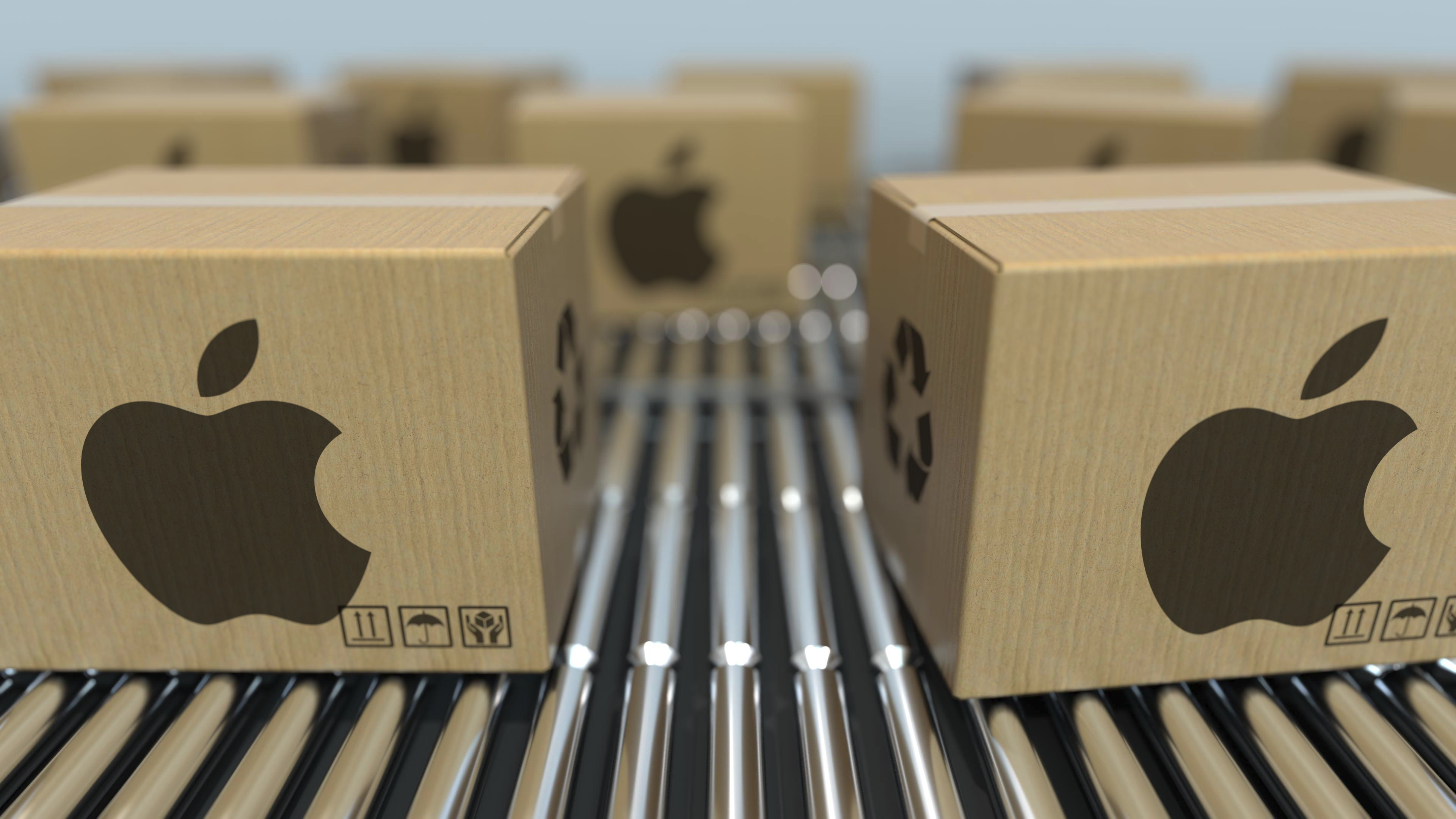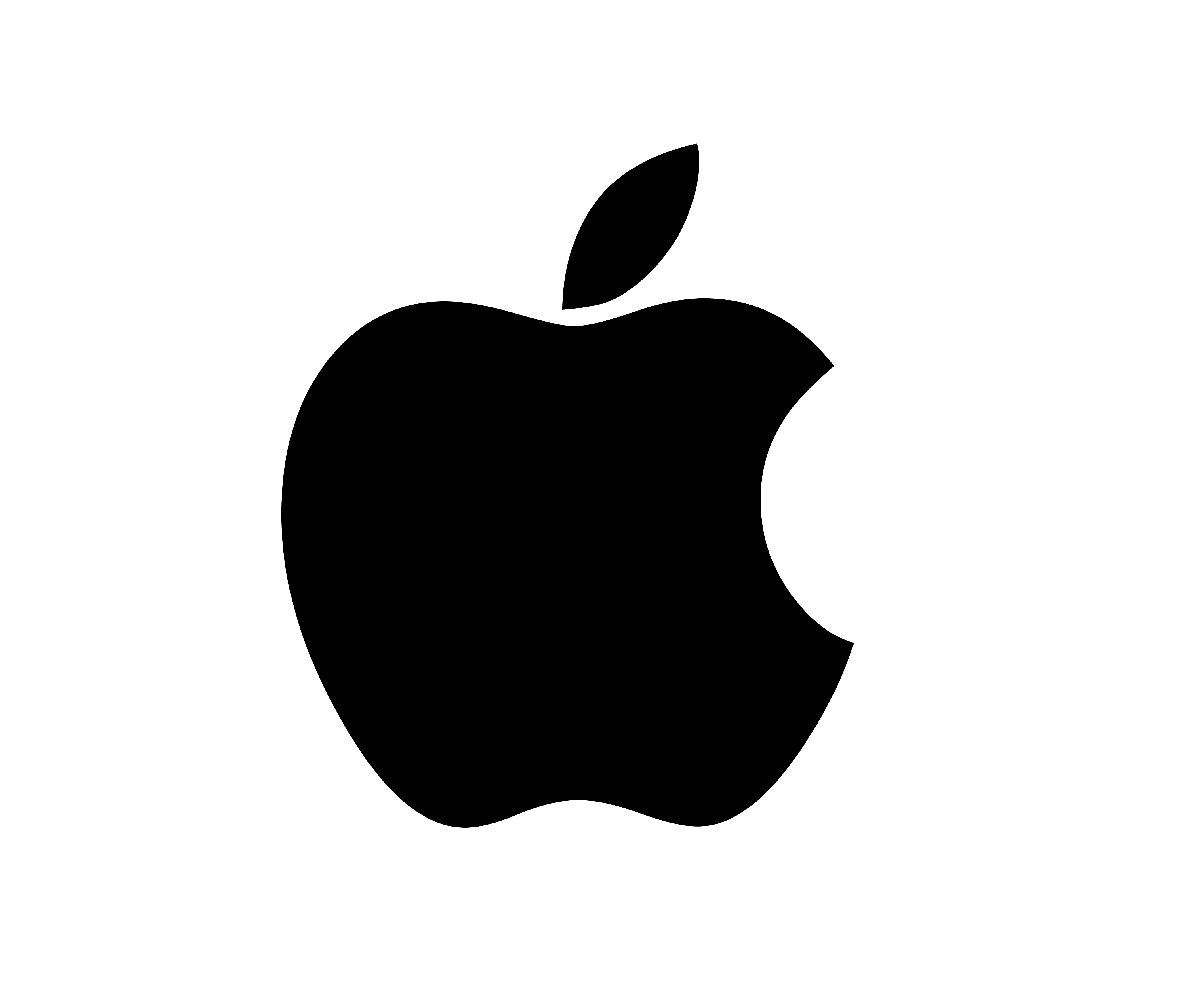Sunny future for cloud computing
Linux, HPC and virtualisation have all lead to the rise of cloud computing, which offers a range of efficiencies to companies willing to set their data free.

Cloud computing is the next big thing, and most of the big players are in some way involved. Google, whose stated mission is "to organize all the world's information and make it universally accessible and useful" is an obvious candidate.
Other leaders in the field include IBM, HP, Sun. Dell and Amazon. Red Hat is offering beta solutions based on RHEL and JBoss, which are on offer from Amazon running on HP hardware. Even Microsoft is reaching into the cloud, in the hope of not being left behind. But although cloud computing may be the next big thing, its definition remains vague and hazy.
At its most generic and ambitious, the objective is to put everything on the network. The cloud is the network, and the network is the computer.
When so many organisations are dispersed across national and international borders - and so many personnel are on the move or working from home - why not farm out at least some of your data and processing needs to a third party, and access everything across the Net using cell phones, mobile computers, or other gizmos? Your data will be protected by passwords, just as it is within the local network, and can be encrypted across the Net. The processing can be done by third-party virtualised computer farms, maximising the use of processor power, and massively reducing the carbon footprint of both the organisation and the wider community.
Cloud computing is an area that has been made possible by technologies associated with the rise of Linux, high-power computing (HPC) and virtualisation. For companies like IBM and HP, the resurgence of the mainframe and the development of blade servers, both of which were attributable to the adoption of Linux, has made cloud computing a reality - and data centres that are efficient in power, data and processor utilisation.
The magic carpet
It's a beguiling idea. Computing in the cloud or across the network brings many theoretical and practical advantages. Data centres cost money that can be channeled into other parts of the business. Money is spent not just on the hardware but on up-keep and maintenance, idle time, unused processing and storage capacity, security concerns, energy bills, upgrades and personnel.
Get the ITPro daily newsletter
Sign up today and you will receive a free copy of our Future Focus 2025 report - the leading guidance on AI, cybersecurity and other IT challenges as per 700+ senior executives
Even the PCs that sit on every desktop of every worker in the organisation make a disproportionate hit on the organisation's cash flow, not just in the initial investment in the hardware, but in licensing the sometimes less than adequate software, hardware upgrades to satisfy upgrades to the software. It's also hard keeping track of company data that may sit on random PCs anywhere in the organisation, and may be lost forever from the company pool of knowledge. Each of these desktops is consuming disproportionate energy.
Cloud computing is the logical conclusion of many other comfortable and fluffy concepts of the last few years, all of which were designed to bring some organisation to the organisation of the organisation's data, such as "Information on Demand", Software as a Service (SaaS), virtualisation, web services, thin clients, SAO and web 2.0. All these concepts can, to some degree, be taken care of by cloud computing. To its advocates, cloud computing has the potential to be a magic carpet ride into a never never land where all the problems of client side computing can be solved through the browser.
Your data, your applications, and your processing are kept elsewhere, and are accessed on a need to know basis. This can happen on a personal or a business level. Google Mail, Google Docs and Facebook are all manifestations of how this can happen, but all the usual enterprise applications can also be accessed in exactly the same way. The network has moved from the data centre to the cloud. Every user has a potential supercomputer at his or her fingertips.
You don't need the big hardware as long as you have access to the network, and a device to speak to it. You can access the data you need from any place at any time. Your costs are slashed, and you only pay for what you need. Your data is kept in one place, tight and secure, and is no longer your responsibility or problem, and your carbon footprint and general impact on the community are much reduced. Your data, your applications, your server, are available when you need them, without infrastructure or capital constraints. Cloud computing can give access to compute power that wouldn't otherwise be available.
The village in the clouds
Google and the Internet have shown the way. All the world's data can be accessed more or less instantaneously across the Net, and the Net has become the virtual realisation of Marshall McLuhan's Global Village. "Post-literate man's electronic media contract the world to a village or tribe where everything happens to everyone at the same time," he wrote in 1960. "Everyone knows about, and therefore participates in, everything that is happening the minute it happens. Television gives this simultaneity to events in the global village."
McLuhan was a prisoner of his own time and his observation predated, rather than predicted, the rise of the digital computer and the Internet. But his perception of the world in the electronic age as a global village remains a remarkably prescient vision of what the internet has become, an unparalleled repository for information, accurate and inaccurate, about everything and anything, which can be accessed instantly and at will, an encyclopaedia at our fingertips. And if the information we access can't always be trusted, hasn't it ever been so?
-
 Bigger salaries, more burnout: Is the CISO role in crisis?
Bigger salaries, more burnout: Is the CISO role in crisis?In-depth CISOs are more stressed than ever before – but why is this and what can be done?
By Kate O'Flaherty Published
-
 Cheap cyber crime kits can be bought on the dark web for less than $25
Cheap cyber crime kits can be bought on the dark web for less than $25News Research from NordVPN shows phishing kits are now widely available on the dark web and via messaging apps like Telegram, and are often selling for less than $25.
By Emma Woollacott Published
-
 Microsoft helps protect Amazon rainforest with AI project
Microsoft helps protect Amazon rainforest with AI projectNews Microsoft AI for Good project funds rainforest protection project
By Danny Bradbury Published
-
 Microsoft’s “moonshot” climate initiative nets 6% carbon reduction
Microsoft’s “moonshot” climate initiative nets 6% carbon reductionNews Executive pay will be partially based on environmental performance in 2021
By Danny Bradbury Published
-
 Apple pledges to be 100% carbon neutral by 2030
Apple pledges to be 100% carbon neutral by 2030News “Businesses have a profound opportunity to help build a more sustainable future,” said Apple CEO, Tim Cook
By Sarah Brennan Published
-
 Apple makes $850m solar energy commitment in California
Apple makes $850m solar energy commitment in CaliforniaNews Apple will use solar energy to power retail stores, datacentres and office spaces
By Caroline Donnelly Published
-
 Apple calls on companies to copy its stance on green issues
Apple calls on companies to copy its stance on green issuesNews Apple has taken out full page ads, urging firms to follow its lead on becoming environmentally friendly
By Kyle Nazario Published
-
 Apple's green U-turn welcomed by EPEAT
Apple's green U-turn welcomed by EPEATNews Consumer electronics giant admits removing products from environmental registry was a "mistake".
By Caroline Donnelly Published
-
 Google tops Greenpeace Cool IT list
Google tops Greenpeace Cool IT listNews Greenpeace may be pleased with Google's progress, but the rest of the industry isn't doing enough, according to the pressure group.
By Kellan Howell Published
-
 Cambridge receives six-figure Google research grant
Cambridge receives six-figure Google research grantNews The search giant today announced funding of $5.7 million for a variety of research projects, with Cambridge the only non-US university to benefit.
By Martin James Published